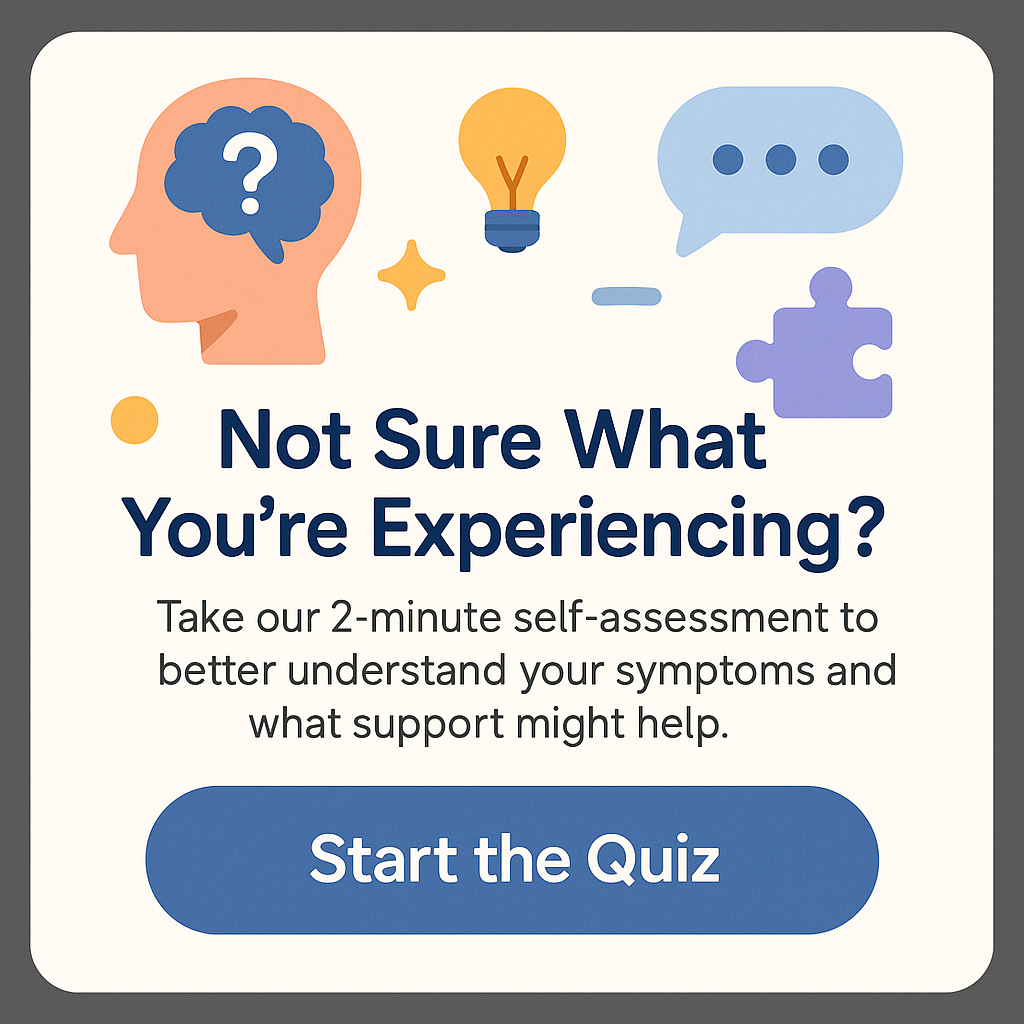What is the hardest thing about autism?
Let’s face it: understanding autism can feel like trying to solve a complex puzzle without all the pieces. For many, the question is often about what is the hardest thing about autism? This inquiry invites deep reflection and a multitude of perspectives. Autism spectrum disorder (ASD) is not a singular experience; it encompasses a range of challenges and variations in traits and behaviors that can hinder social interaction, communication, and even daily living. If you or someone close to you is on the autism spectrum, you may have come across the many difficulties associated with it – whether they’re related to sensory sensitivities, social norms, or even mental health issues. By delving into the hardest aspects of living with autism, we can work towards better understanding and support for people on this spectrum.
Understanding the Nature of Autism
To truly answer the question, what is the hardest thing about autism?, it’s essential to understand its nature. Autism is a neurological condition that affects how an individual perceives and interacts with the world. For many, challenges can include heightened sensory sensitivity, difficulty in social situations, and communication barriers. These challenges can result in feelings of isolation, frustration, and misunderstanding.
One of the hardest things about autism is navigating social interaction. Those on the spectrum might struggle with interpreting social cues, body language, or tone of voice, making conversations feel like walking through a minefield. Imagine trying to converse in a language you barely understand while the rules keep changing. This can be emotionally draining as they may long for connection yet find it elusive. The societal emphasis on eye contact, for example, can come across as overwhelming or even intrusive to those with autism. This aspect of social interaction creates a disconnect, causing feelings of isolation and loneliness.
Moreover, sensory sensitivities play a vital role in the challenges faced by individuals on the spectrum. Many people with autism experience heightened sensitivity to sounds, lights, textures, and even tastes. Everyday environments can transform into overwhelming experiences. A busy supermarket, for instance, can become a cacophony of noises that feel unbearable, leading to anxiety or meltdowns. For parents, understanding what triggers these reactions can feel impossible, adding layers of stress in trying to create a manageable environment.
Additionally, individuals with autism may struggle with rigid routines and resistance to change. While routines provide comfort, unexpected changes can lead to severe distress. Picture a tightly woven tapestry; pulling one thread can cause the entire fabric to unravel. This rigidity can impact schooling, job environments, and relationships, making adaptability a significant hurdle.
Social misconceptions about autism further complicate these challenges. Misunderstandings can lead to stigmatization and exclusion, perpetuating isolation for individuals on the spectrum. They may face stereotypes that do not represent their lived experiences, causing frustration and barriers to acceptance. Thus, the hardest things about autism are not just personal challenges but societal ones.
Mental Health and Emotional Challenges
When discussing what is the hardest thing about autism?, we need to take a close look at the mental health and emotional wellbeing of individuals on the spectrum. It’s important to recognize that autism often coexists with other mental health issues such as anxiety, depression, and OCD. This dual burden intensifies the difficulties and creates a need for comprehensive support systems.
Individuals with autism often carry the additional weight of being misunderstood or judged, leading to feelings of inadequacy or self-doubt. It’s not uncommon for them to perceive themselves through society’s critical lens, leading to low self-esteem and a distorted self-image. Imagine going through life feeling like you’re constantly being evaluated while wrestling with your identity and finding your place in the world. This struggle for acceptance and understanding can result in significant emotional turmoil.
Many individuals on the spectrum may not have the coping strategies to deal with these mental health issues, compounded by a lack of awareness in their families or communities. This results in feelings of anger, sadness, or hopelessness, which can further exacerbate their situation. When faced with such challenges, seeking help may feel like a daunting task. Traditional therapy processes may not always accommodate their communication style or sensory sensitivities, leaving individuals in a frustrating limbo.
Another crucial factor is the lack of representation and understanding in the media. Many representations of autism in TV shows, movies, and books can be oversimplified or stereotypical, perpetuating harmful narratives. Breaking these misconceptions is vital for the mental health of those on the spectrum. More accurate portrayals can foster empathy and understanding among the wider public, bridging the gap between individuals with autism and society and ultimately supporting their emotional well-being.
Strategies to Support Individuals on the Spectrum
So, with all these challenges in mind, what is the hardest thing about autism? The hardest part is not merely the challenges themselves but the lack of understanding and support. However, there are effective strategies that can be employed to cultivate an inclusive environment for those on the spectrum. Creating awareness and fostering acceptance is crucial in reducing stigma surrounding autism, where community support can play a transformative role.
Education is a powerful tool in the fight against misunderstanding. Schools and workplaces can implement training programs that educate staff and peers about autism, delving into the nuances of neurodiversity. By creating a culture of acceptance and understanding, individuals with autism can feel more comfortable and included, minimizing stress and anxiety.
Moreover, providing appropriate therapy options can make a world of difference. Integrative therapies such as art therapy, music therapy, and occupational therapy can provide different avenues for connection and self-expression. Individual preferences should shape these choices, recognizing that there’s no one-size-fits-all approach to support.
Encouraging open dialogues about mental health and emotional challenges linked to autism is also crucial. Support groups that include both individuals on the spectrum and their families promote shared experiences and foster a sense of community. This creates a platform where ideas can be exchanged, coping mechanisms discussed, and mutual understanding cultivated.
Lastly, advocating for policy changes that support individuals on the spectrum is a vital step. This includes pushing for better access to healthcare, education, and employment opportunities tailored for autistic individuals. Advocacy can foster a more inclusive society where individuals can thrive rather than merely survive.
Conclusion
In exploring what is the hardest thing about autism?, it is evident that the challenges are multi-faceted and extend deeper than what is immediately visible. The confluence of social misunderstandings, mental health issues, sensory sensitivities, and rigid routines creates a complex landscape for those on the spectrum. Yet, understanding these challenges opens the door to compassion and support, which are imperative in fostering a community that empathetically embraces neurodiversity. By advocating for inclusivity, education, and policy changes, we can better support individuals with autism, transforming challenges into opportunities for growth and understanding. It’s not just about recognizing the hardest aspects of autism; it’s about actively participating in creating a supportive world for those affected.
FAQs
1. What is autism spectrum disorder (ASD)?
Autism Spectrum Disorder (ASD) is a neurodevelopmental condition characterized by difficulties in social interaction, communication challenges, and restrictive or repetitive behaviors. It encompasses a wide range of symptoms and abilities, varying greatly between individuals.
2. What are common misconceptions about autism?
A common misconception is that all individuals with autism are non-verbal or lack empathy. In reality, autism manifests differently in every individual, and many people on the spectrum are able to communicate effectively and form deep emotional connections.
3. How can I support someone with autism?
Support can come in various forms, including being patient, educating yourself about autism, and advocating for their needs in social settings and institutions. Listening and validating their experiences is also essential.
4. What therapies are available for individuals with autism?
Therapies can include applied behavior analysis (ABA), speech therapy, occupational therapy, and integrative therapies like art and music therapy. The best approach often varies depending on individual needs and preferences.
5. How does autism impact mental health?
Autistic individuals are at a higher risk of anxiety, depression, and other mental health disorders. Understanding these aspects is crucial for providing adequate support and effective coping strategies.
What is Level 1 Autism? Understanding the Nuances and Support
How Much Does an Autism Diagnosis Cost in Canada?
What are Signs of Mild Autism? Understanding Subtle Symptoms







